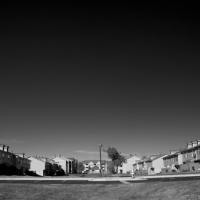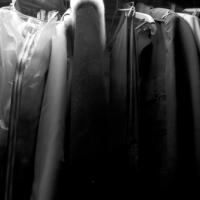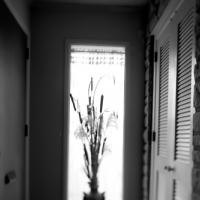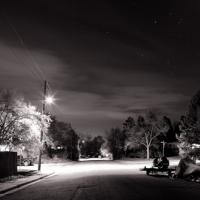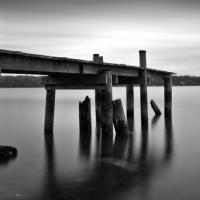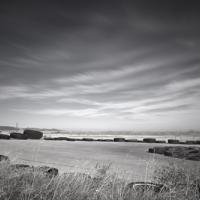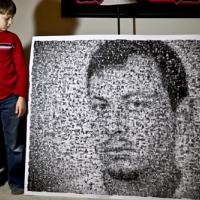My journey in photography started more than a decade ago in the dusty mountains of northern Afghanistan. A fellow colleague handed me an old Vivitar 35mm camera with a broken light meter and offered it as a parting gift. For the next 18 months I carried the camera with me almost everywhere I went. As one of the few Americans working in northern Afghanistan prior to 9/11, I witnessed and documented a time and place few outsiders had ever seen. People responded positively toward my images, which helped raise tens of thousands of dollars to fund the projects we were working on. I realized that photography can be a powerful tool, perhaps an even more powerful tool than a single field worker on the ground, in terms of creating substantive change.
This realization inspired me to pursue photojournalism, and I enrolled in the Corcoran College of Art & Design with the idea of honing my craft as a visual artist. The program had a strong reputation and small class sizes, two things that appealed to me. The Corcoran is also the only college in the country to offer a photojournalism degree as a BFA. This meant I would be able to spend considerable amounts of time in the studio in addition to those spent studying art and theory.
I have used the last three years at Corcoran to work on mastering the technical fundamentals of photography. The majority of my work has been photojournalistic in nature. The breadth of my assignments has been a critical factor in my growth by requiring me to work in a variety of photographic environments. However, in the past year I have also branched away from traditional photojournalism projects to work on a deeply personal project. I learned last summer that the man who raised me was not my biological father – news that shook the foundations upon which I had built my identity, and stimulated a shift of focus in my work. My current work has been more conceptual, examining the relationship between experience and place, and how these come together to form our sense of identity.
While studying at the Corcoran, I have been fortunate to be able to work as a photographer, including assignments with large publications such as Washingtonian Magazine and Newsweek. I have also had the opportunity to reach out to others through tutoring, mentoring, and teaching with the Corcoran’s continuing education program during the summers. My exposure to the “inside” of the photojournalism industry alongside the experience of teaching and developing my artistic side has helped me clarify my interest in pursuing the latter, as I have reflected upon the fulfillment and enjoyment to be found in teaching, and the freedom it would give me to pursue more creative projects of my own.
I am particularly interested in pursuing my graduate work at Yale because of the experimentation and exploration encouraged by its program, and the opportunity to have my work scrutinized through faculty and visiting artists’ critiques.



